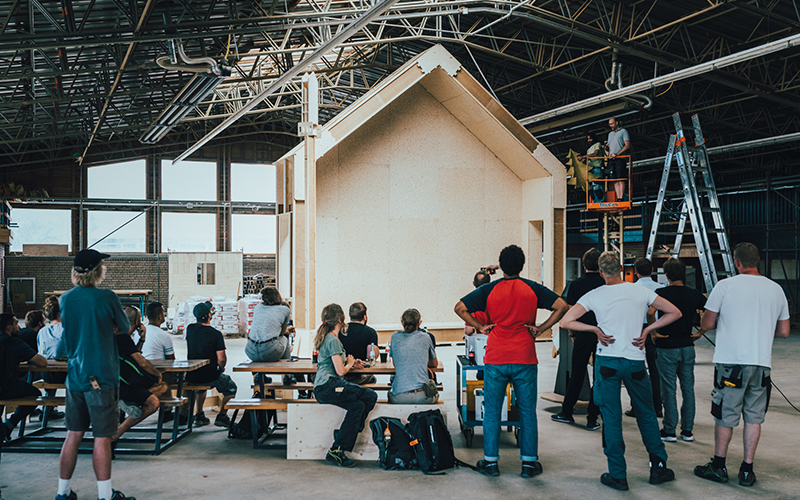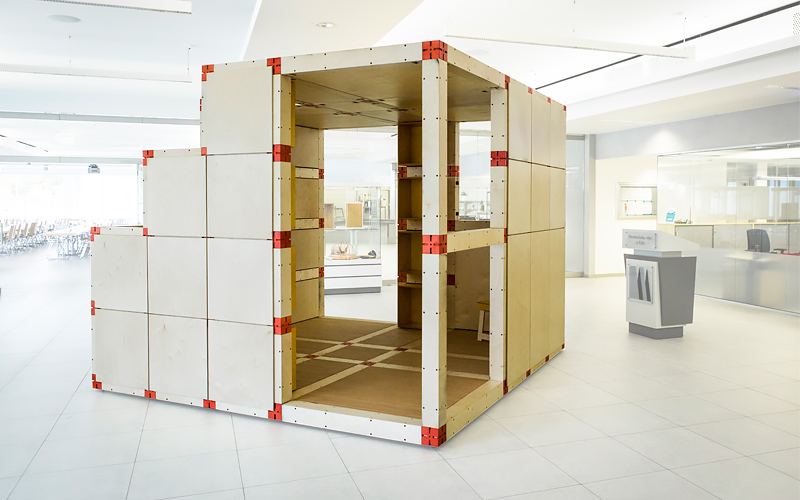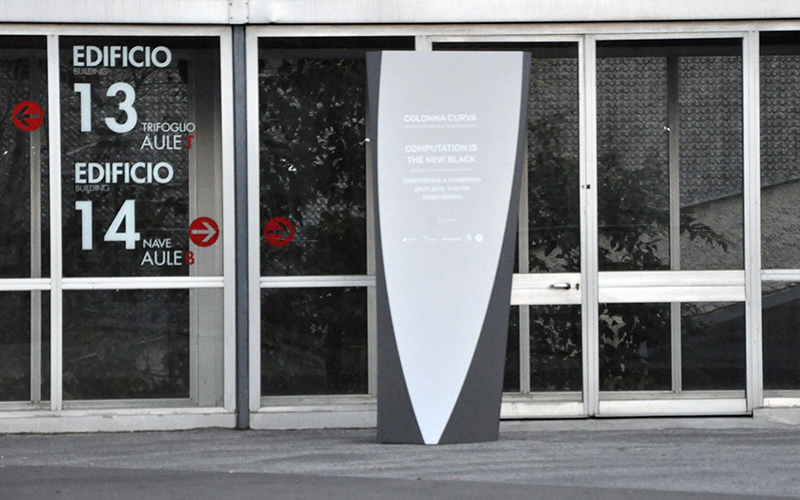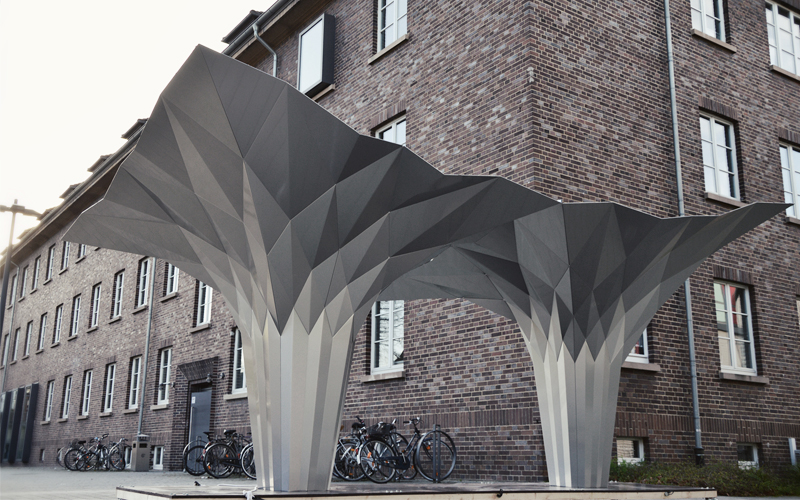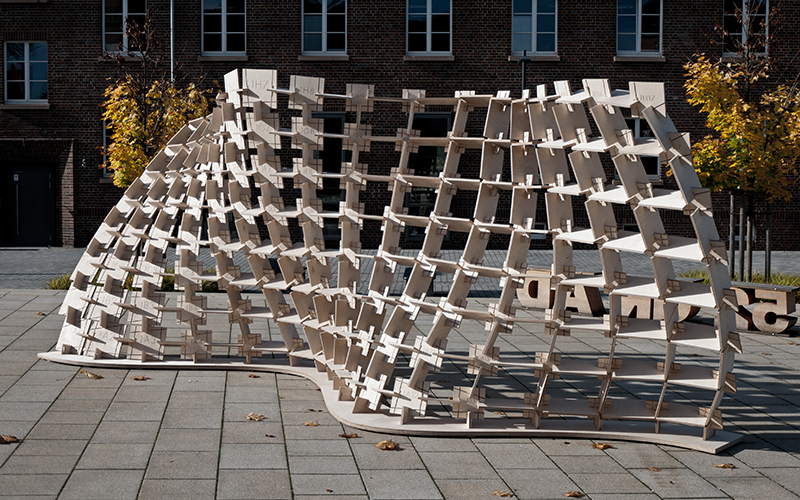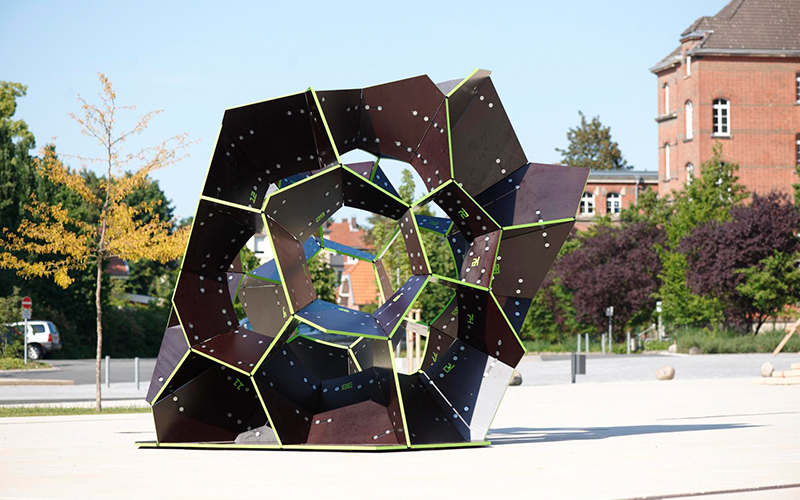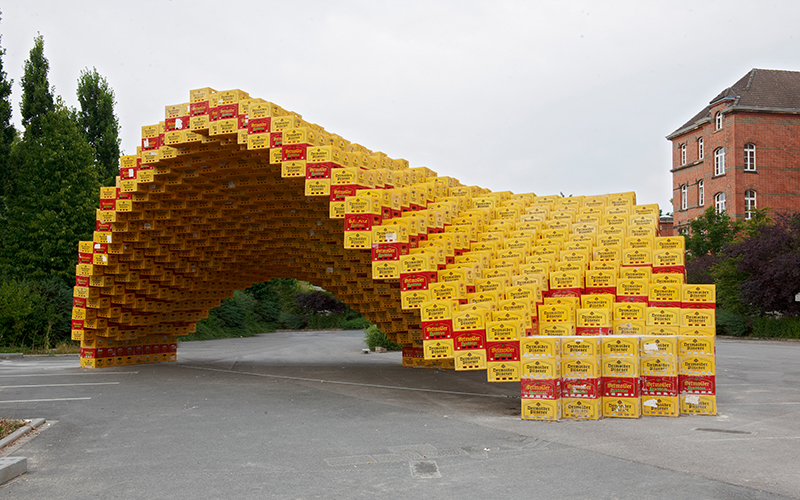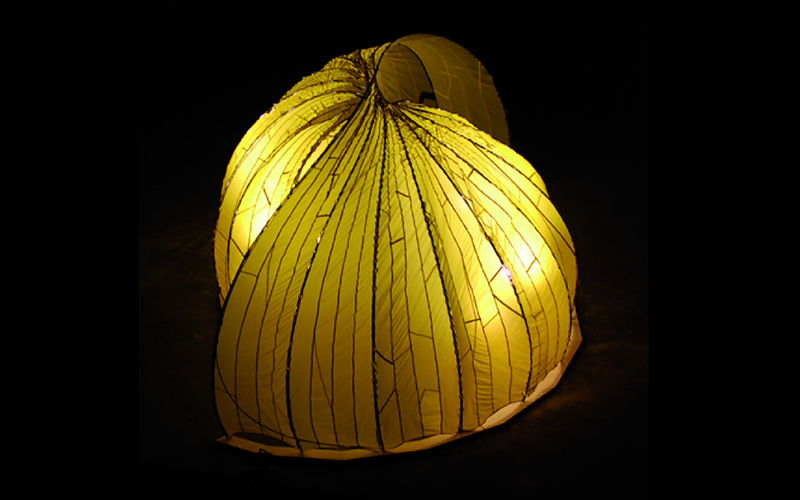INFORMED ARCHITECTURE
Computational Strategies in Architectural Design
Information technology has brought about lasting changes to design and production processes in architecture. At the same time, our demands on design and building processes have increased in line with technological possibilities. Aside from unprecedented geometrical freedom and new fabrication technologies, there is a huge potential to optimize functions, energy efficiency and performance of constructions, buildings and services. The programmatic title “Informed Architecture” connects from a holistic perspective the different topics and professions involved, ranging from computer-aided design to building information modeling, from programming to simulation, from digital representation to augmented and virtual reality as well as from digital fabrication to physical computation.
What are the conditions, constraints and opportunities of this digital revolution for architecture? How do processes change and influence the result? What does it mean for the collaboration and roles of the partners involved? And last but not least: how does academia reflect and shape this development? Following the sequence of architectural production – from design through fabrication and construction to the operation of buildings – our research discusses the impact of computational methods and technologies and its consequences for the education of future architects. Experimental design-build projects offer insights into the processes involved and consider them in the context of our technical, historical, social and cultural environments. www.springer.com
